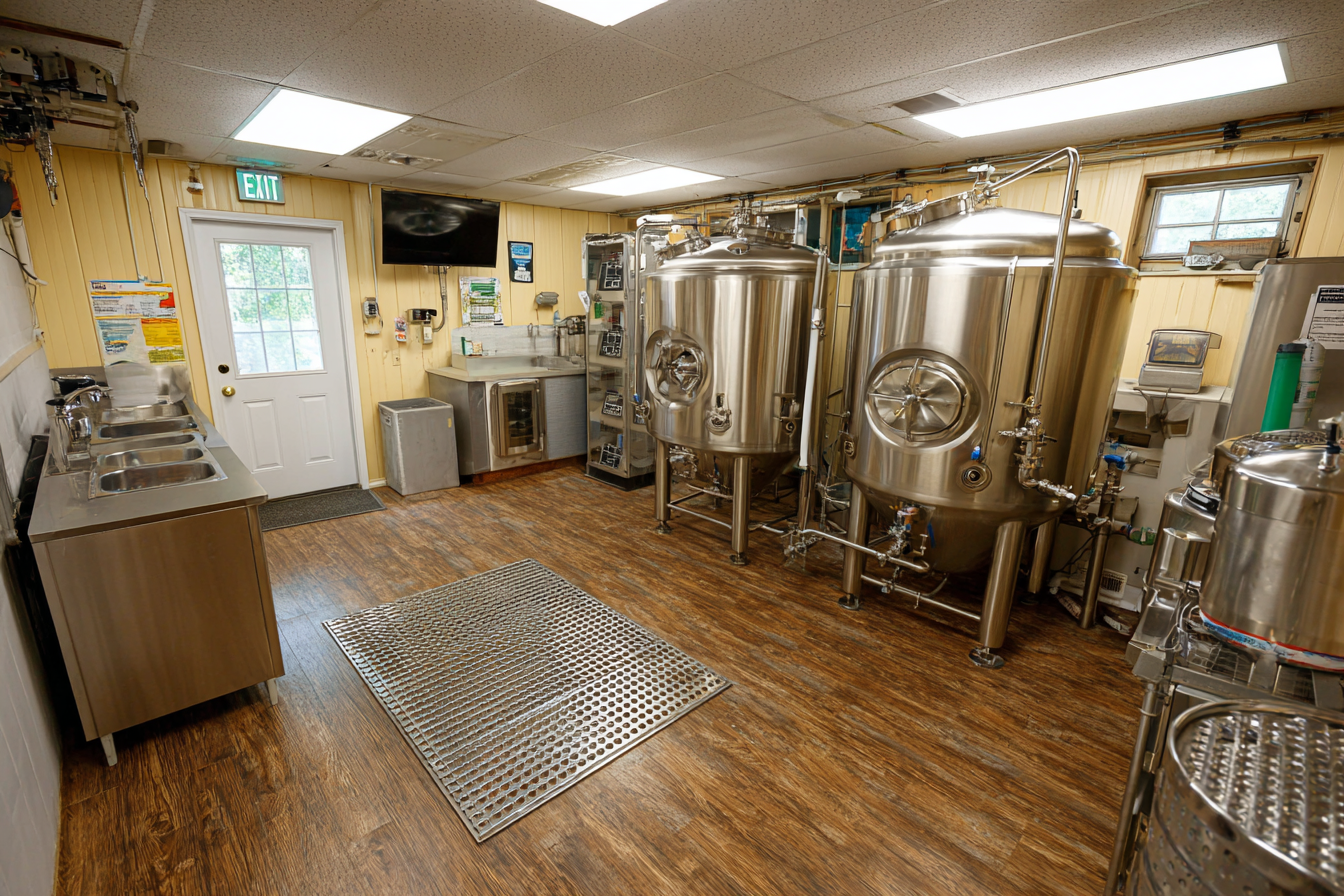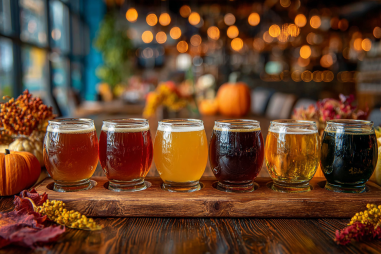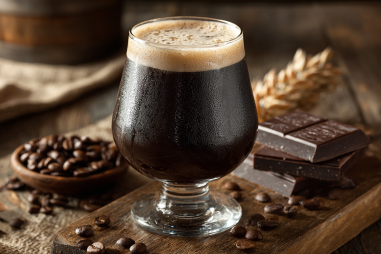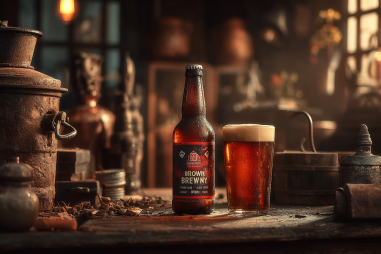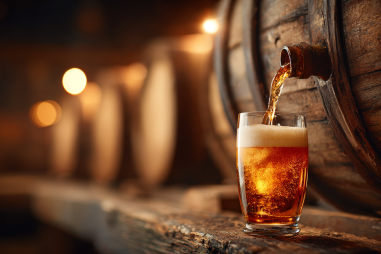Brewing an authentic American lager requires more than just a solid recipe and patience; having the right brewing equipment is equally essential. The unique characteristics of American lagers—clean, crisp, and well-balanced—are achieved through precise control over every stage of the brewing process, from mashing to fermentation and packaging. Whether you are a home brewer aspiring to craft your own refreshing lagers or a commercial brewer scaling up production, understanding the essential tools involved can drastically improve your brewing quality and consistency. This guide will walk you through the must-have brewing equipment and gear that will help you produce excellent American lagers right from your own setup.
Introduction to Brewing Equipment
When it comes to brewing lagers, especially American lager styles, equipment choice matters greatly because lagers often require longer brew times and more precise temperature control than ales. Unlike ales, lagers ferment at cooler temperatures—typically between 45°F and 55°F—which means your setup should be capable of maintaining those conditions smoothly throughout fermentation and lagering. Starting with quality, durable brewing gear designed for these requirements will pay off in the taste and clarity of your final brew. From kettles and mash tuns to temperature control units and bottling systems, each piece of equipment plays a vital role in crafting a clean, balanced American lager.
Mash Tun and Kettle Specifications
The mash tun and kettle are fundamental vessels in the brewing process, responsible for converting malted grains into fermentable sugars and boiling the wort to sanitize it and develop flavors. When selecting mash tuns for American lager production, look for one with excellent insulation to maintain precise temperatures during the mash process, which is critical for optimizing starch conversion. Stainless steel is a favored material because it is durable, easy to clean, and does not impart unwanted flavors.
A typical mash tun should include a false bottom or a manifold system that allows wort to flow freely into the kettle while keeping the grain bed contained. For the kettle, a spacious stainless steel kettle equipped with a sturdy boil coil or burner helps maintain a vigorous boil necessary for wort sterilization and hop utilization.
Capacity is another consideration: most homebrewers start with 5-gallon systems, while commercial operations may require much larger vessels measured in barrels. Additionally, kettles with built-in valves for easy draining and wort transfer enhance operational efficiency.
Fermentation Vessels for Lagering
Fermentation is where the magic happens—yeast converts sugars into alcohol and carbonation. Since American lagers require cooler fermentation temperatures and extended lagering periods, selecting appropriate fermentation tanks is crucial.
Homebrewers usually rely on conical fermenters or glass carboys equipped with temperature control jackets or external cooling sleeves. Commercial brewers often use cylindroconical fermenters with integrated cooling jackets, allowing precise temperature adjustments.
Material choice plays a key role here; stainless steel fermenters are ideal due to their non-porous surface which facilitates cleaning and sanitation, minimizing the risk of contamination that can spoil delicate lagers. Additionally, sealed fermentation vessels with airlocks or pressure release valves maintain the proper environment for yeast activity while preventing oxidation.
Temperature Control Tools
Temperature management is one of the most critical factors when brewing American lagers. Unlike ales, lagers require cooler fermentation temperatures and a longer maturation phase called “lagering” at near-freezing temperatures to develop their distinctive clarity and smoothness.
Precise temperature control tools are therefore indispensable. For homebrewers, fermentation chamber setups or modified refrigerators/freezers with temperature controllers provide an affordable and effective solution to maintain consistent low temperatures. Commercial brewers deploy glycol cooling systems that circulate chilled liquid through jackets surrounding fermentation tanks, delivering exceptional accuracy in maintaining setpoints.
Additional temperature monitoring devices, such as digital thermometers and thermostats, help brewers keep an eye on conditions throughout the process. Investing in reliable, calibrated temperature control equipment helps prevent off-flavors caused by temperature fluctuations or stuck fermentations.
Cooling Systems and Wort Chillers
After boiling, the hot wort must be cooled rapidly to yeast-pitching temperature to prevent bacterial contamination and encourage healthy fermentation. A wort chiller is a vital component of this step—there are several types to consider:
- Immersion chillers: Stainless steel coils submerged in the hot wort. Cold water runs through the coils, absorbing heat efficiently.
- Counterflow chillers: Wort flows through an inner tube while cold water runs in the opposite direction through an outer tube, cooling the wort quickly.
- Plate chillers: Thin metal plates allow wort and chilled water to flow in alternate channels, offering fast and compact chilling solutions.
Choosing the right wort chiller depends on your batch size and setup. For smaller homebrews, immersion chillers are easy to use and clean. Larger scale operations benefit from the efficiency of counterflow or plate chillers, which reduce cooling time and minimize the risk of infection.
Bottling and Kegging Gear
Packaging your American lager correctly is just as important as the brewing steps to preserve freshness and carbonation. Many brewers opt to keg their beers because kegs offer easier storage, better carbonation control, and quicker service.
Essential kegging equipment includes Cornelius (Corny) kegs or commercial-sized stainless steel kegs, CO2 tanks with regulators for carbonation, and appropriate tubing and faucets for serving. For those bottling, key equipment includes sanitized bottles, cappers, priming sugar measurement tools, and bottle washers. Whether kegging or bottling, sanitary practices, and reliable equipment keep your lagers tasting bright and fresh.
Suggested Upgrades for American Lager Brewers
Once you have the basics down, several equipment upgrades can enhance your brewing experience and improve quality:
- Automated temperature controllers: More sophisticated controllers allow precise programming and remote monitoring, perfect for strict lager fermentations.
- Digital scales: For precise measurement of malts, hops, and adjuncts, ensuring consistent recipes.
- Automated mash systems: These maintain mash temperatures automatically, reducing guesswork and labor.
- Upgraded filtration and clarification systems: Help polish your beer to that crystal-clear American lager look.
- Online gravity meters: For real-time monitoring of fermentation progress.
Investing in these additions depends on your level of commitment, batch size, and budget, but they can significantly reduce common brewing headaches and lead to cleaner, more professional results.
Crafting Your Perfect Brewing Space
Setting up an efficient and comfortable brewing area tailored to your American lager brewing needs will support consistent production and help you enjoy the process. Consider the following when designing your space:
- Ventilation: Boiling wort produces steam and aromas that need to be vented properly.
- Sanitation: Dedicated areas for cleaning and sanitizing help prevent contamination.
- Space optimization: Ensure you have enough room for all brewing vessels, storage for ingredients, and room to work safely throughout the process.
- Temperature zones: Separate areas for fermentation and lagering with controlled environments.
- Accessibility: Easy access to water, drains, and power outlets streamlines operations.
Organizing your space with a focus on workflow reduces stress and keeps you focused on brewing excellent lagers.
Brewing authentic American lagers is a rewarding venture that demands attention to detail and proper equipment. From the mash tun to kettles, temperature control tools to fermentation vessels, each component plays a part in crafting lagers that are smooth, crisp, and refreshing. Whether brewing at home or setting up a larger commercial operation, investing in quality brewing gear and maintaining a clean, organized workspace will set the foundation for success. With the right tools and techniques, you’ll be well on your way to producing American lagers that stand out for their clarity, balance, and refreshing finish.

